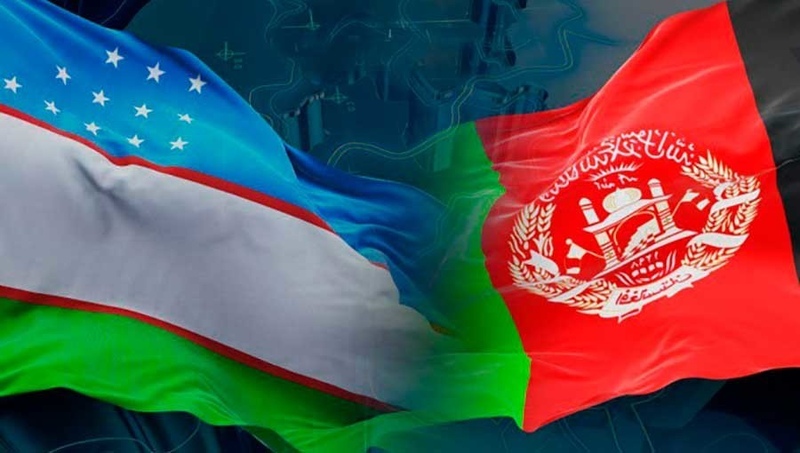Two new developing countries recently collaborated to settle trade in local currencies, not the US dollar. The collaboration comes when developing nations seek to boost regional trade that benefits their economies. This puts pressure on the US dollar as countries in Asia, Africa, and South America are putting local currencies ahead of the USD.
Also Read: Donald Trump Warns of Consequences If BRICS Ditches the US Dollar
US Dollar: Afghanistan & Uzbekistan Collaborate to Boost Regional Trade


Afghanistan and Uzbekistan have collaborated to boost regional trade with major new agreements without the US dollar. The deals include the construction of the UAP Railway Project and the Termez International Trade Center.
Afghanistan’s Taliban government has also increased trade with its neighbouring countries, such as Uzbekistan, Turkmenistan, and Kazakhstan. Projects like the TAPI Gas Pipeline and Trans-Afghan Corridor are growing rapidly.
Also Read: Currency: Russia Imports $30 Million in US Dollar and Euro
However, the trade deals come with challenges as the US has pressed sanctions on Afghanistan’s economy, making it difficult for the country to settle trade in the dollar. Also, internal political turmoil, outdated religious practices, and funding of terrorism across the globe are what’s hindering Afghanistan’s growth.
Additionally, Afghanistan has extended its arm to China to build its key infrastructure. China recently helped Afghanistan sell $80 million worth of crude oil in 10 days, making the Taliban get the US dollar. The Communist country is helping Afghanistan generate $500 million in annual revenue by drilling new oil wells.
Also Read: Maduro’s Crypto Comeback: What Venezuela’s Shift Means for US Investors
This allowed Afghanistan to allow China to enter their country and build copper mines for production in the Mes Aynak region. The two countries have fast-tracked the construction to tap vast copper deposits underneath the reservoirs.
The development could significantly boost China’s and Afghanistan’s economies as deposits are estimated to be worth billions in US dollars. “The economic and trade relations between the two countries are becoming increasingly close,” said China’s ambassador to Afghanistan, Zhao Xing.





